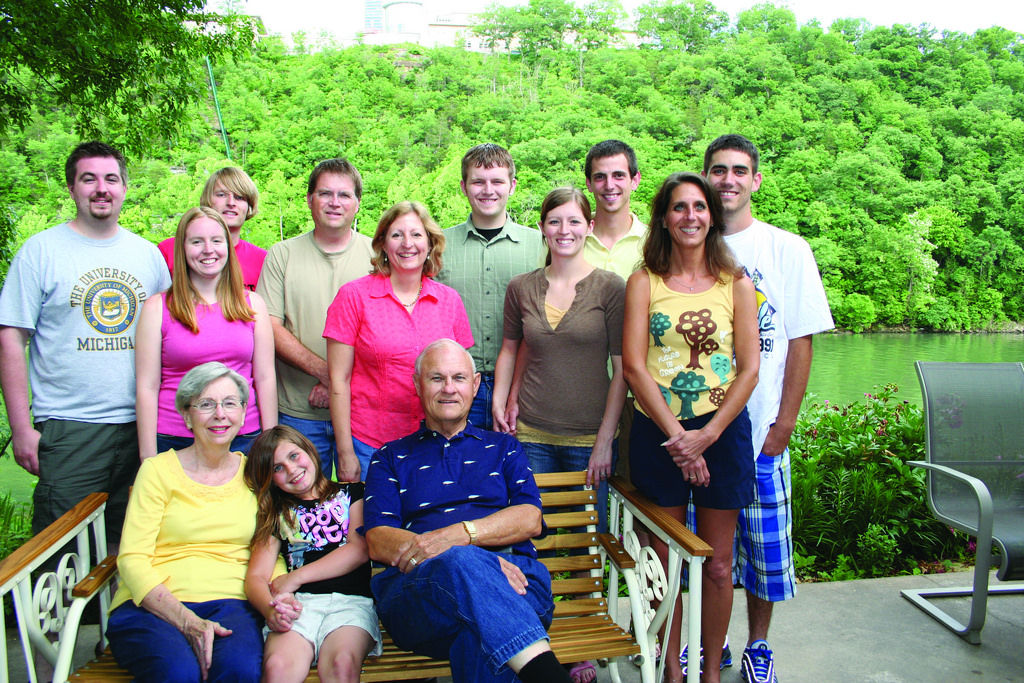For a successful family reunion, it’s important to assemble a planning committee with capable and enthusiastic members. This allows for more flexibility and a larger pool of ideas.
Studies show that people like sharing photos more than any other activity during a family reunion. Make it easy for everyone to capture their precious moments by creating a Shared Album.
Planning
Organizing the details of your reunion takes time, so start planning early. Choose a date at least a year out to give family members adequate notice to request time off and make travel arrangements.
Select a venue that can accommodate your entire family and plan on a budget that includes costs for the venue, food and entertainment. Use online registration and ticketing software to handle RSVPs, payments and other transaction details so you don’t lose track of the many moving parts.
Designate a team of family members to help with the planning process and to serve as coordinators for the event. Assign tasks and responsibilities, such as catering, hospitality suite set-up and registration management.
Include an activity list with your invitations, so families can sign up for activities that interest them. Encourage attendees to bring memorabilia or recipes to share, and plan for icebreakers that allow everyone to get acquainted. You can also invite talent, such as a musician or juggler, to entertain guests. Also, consider memorials and tributes to departed relatives or special milestones, such as babies born or in-laws added to the clan.
Organizing
When many people try to plan a reunion, they quickly run into the old adage of too many cooks spoiling the broth. Choose leaders from different family units and create committees that focus on specific areas of planning, such as communications, meals, swag and fundraising.
Send out questionnaires asking what dates relatives can and cannot attend, and ask about their interest in specific activities. Using a survey is also an effective way to gauge the size of your family reunion and its associated costs.
Start a reunion bank account and assign a treasurer or team of people to handle money matters. Consider setting up a reunion website or social media page to promote the event and share photos.
Have an icebreaker activity as guests arrive, such as a family tree or a guessing game, to build excitement and make everyone feel welcomed. If the reunion is a weekend or weeklong affair, provide an agenda of activities so that no one feels left out. Designate a team of family members to take pictures and video throughout the reunion.
Theme
To make a family reunion successful, it’s important to pick a theme. This gives your committee a guideline for choosing food, activities, and decorations. It also allows you to create icebreakers that will help the whole family get acquainted with each other. You can also use the theme as an opportunity to share some of your family’s history with others.
For example, if your family loves to cook, you could organize an event with different cuisines. You can even ask family members to prepare recipes from their country or region. This way, everyone gets a taste of home.
Another great idea is to go camping. This is a good choice for families with young children, and it’s an affordable option for large groups. You can rent out charming cabins so that each family will have their own space while still being close to one another.
You can also theme your reunion around a specific decade. Everyone can dress up in the styles from that era, whether it’s a flashy disco queen, a denim-clad 80’s rockstar, or a scrunchy-wearing 90’s popstar.
Activities
Make a list of all the activities and events you want to incorporate into your reunion. Plan out how you will handle food, seating arrangements and any other logistical details that you’ll need to address for a successful event.
Choose a theme for your reunion that generates interest and excitement among family members. Some easy themes include an All-American theme with red, white and blue attire; a picnic theme with classics like burgers and potato salad; or decade-based themes (’50s, ’60s, ’70s, etc).
Create fun and memorable family moments. Gather photos and memories from family members to create a memory board or slideshow to share at the reunion.
If your reunion is a multi-day event, be sure to include downtime distractions, like local tours, sightseeing opportunities and amusement parks. Also plan for inclement weather by choosing a venue with indoor options or designating a back-up date and location. Communicate frequently and clearly to keep everyone up to speed on the planning process, especially those who live far away. A good way to do this is by assigning a family representative who will send out email updates regularly.
Entertainment
When planning a family reunion, it’s helpful to give your family members the opportunity to work together on committees. This gives everyone a specific task to work on and a sense of belongingness. This can be especially helpful if your family is large or spread across long distances.
One way to get your relatives excited about the reunion is to use a theme. Themes can be as simple or complex as you want. A theme helps you coordinate food, attire and activities, and it also inspires the type of entertainment to provide at your event.
You could have a picnic themed reunion, for example, with red, white and blue clothing and classic picnic foods. Or you could host an Olympics-inspired reunion with games like relay races, table tennis, archery and tug of war. Another fun option is a card tournament, which is sure to please the older generations in your group. You can also hire a professional entertainer, such as a musician, magician or comedian, if your budget allows. This will ensure your attendees are kept entertained and engaged throughout the entire reunion.

